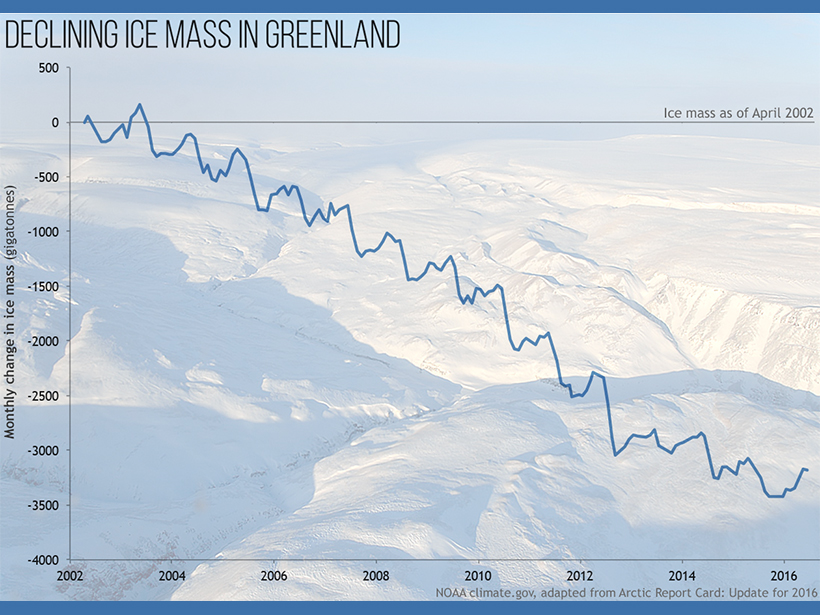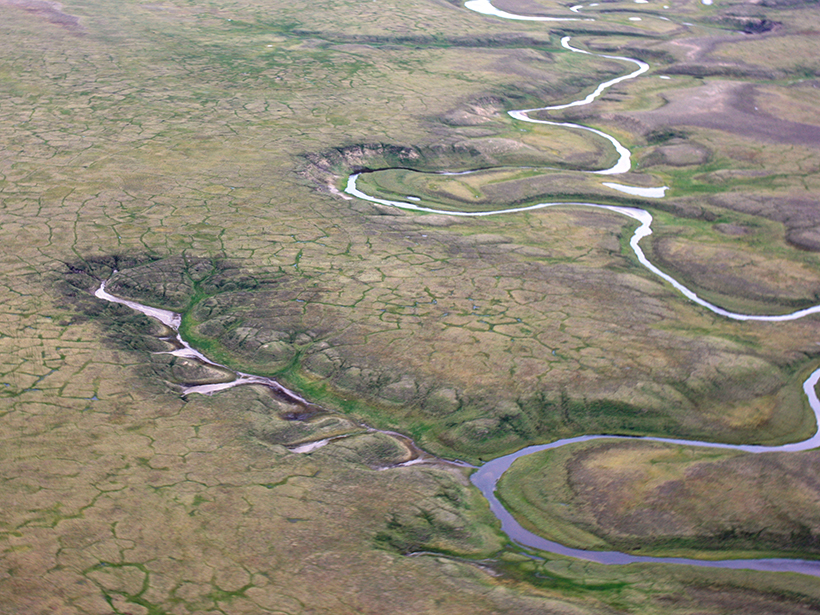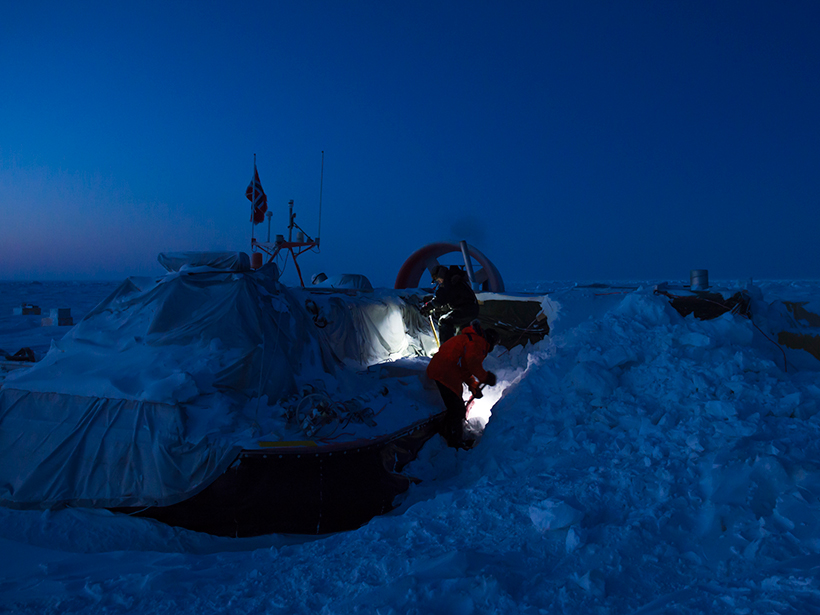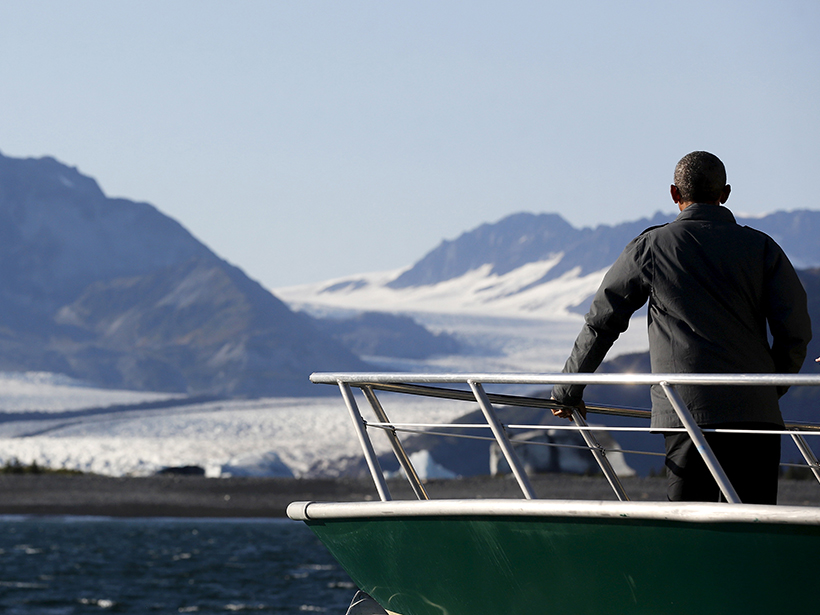The report says that the Arctic is warming twice as fast as the global average.
Arctic
Administration Official Sees Alaska Offshore Drilling Ahead
At a recent forum, leaders laid out some interdependent energy, environmental, infrastructure, and military issues coming into play in a more navigable Arctic region.
Map Reveals Hot Spots for Arctic Greenhouse Gas Emissions
By bringing together data on permafrost stability, soils, and other Arctic conditions, scientists have plotted where permafrost is vulnerable to collapse, which could release long-stored carbon.
Scientists Spend Arctic Winter Adrift on Sea Ice
A hovercraft-based ice drift station gives researchers access to previously inaccessible regions of the changing Arctic sea ice cover off the coast of Greenland.
First Arctic Science Ministers' Confab Yields Cooperation Pledge
Newly announced ventures and advances include developing an Integrated Arctic Observing System and the release of the first-ever Arctic-wide digital elevation model.
The Arctic Freshwater Synthesis
The result of international study and coordination, this Special Issue provides an important "state-of-the-science" review of changing systems and their potential impacts.
Aquatic Plants May Accelerate Arctic Methane Emissions
About two thirds of the gas produced by a study area near Barrow, Alaska, came from increasingly abundant greenery covering only 5% of the landscape, researchers estimate.
Top Arctic Science Diplomats Convene at White House Next Week
Precipitous transformations from climate change add impetus for this international meeting to guide cooperative research in the northern polar region, U.S. official says.
Communicating Arctic Science Creatively for Diverse Audiences
Revealing the New Arctic: A Climate Change Communication Workshop; San Francisco, California, 16 December 2015
Arctic Survey Hunts for Missing Nitrogen and Phosphorus
A new survey of ocean waters flowing in and out of the Arctic may shed light on how dissolved organic nitrogen and phosphorus contribute to nutrient cycling in the Arctic.










